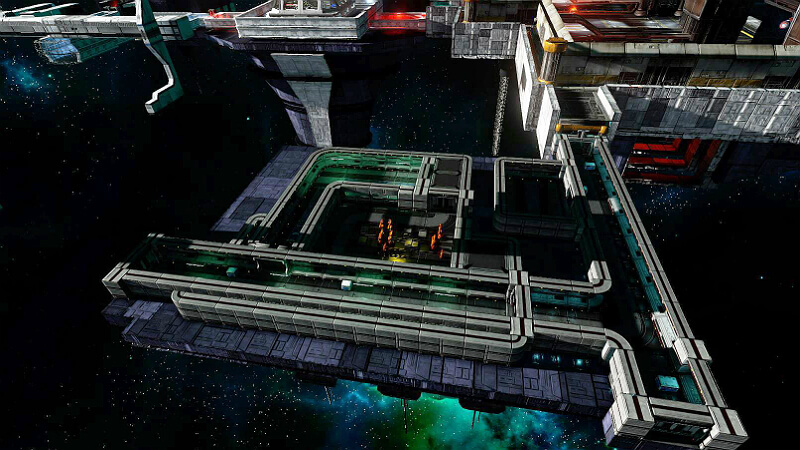
They do not consider the dead and missing in other towns affected by the deluge, such as Marj, Bayda, and Benghazi, the country's second-largest city. In a telephone interview on Monday with the Libyan media outlet al-Masard, Ossama Hamad, the prime minister of the east of Libya, whose government is not recognized by the international community, said that in this "stricken" city, "entire neighborhoods have disappeared." According to Hamad, the human toll stands at over "2,000 dead" and "thousands missing." Essam Abu Zeriba, the interior minister, was even more alarmist, claiming the same day on the Al Arabiya satellite channel that "more than 5,000 people are missing in Derna" and that many victims had been swept into the Mediterranean Sea.

All it left was a gaping scar in the middle of the town. The flood swept away Derna's inhabitants, trees, houses, buildings, streets, squares, and everything that made up a part of this city of 100,000 residents. The torrential rains that accumulated in the mountainous region of Jabal al Akhdar, which overlooks the coastal city, flowed down the mountainside, breaching two dams submerged by the excessive volume of water they held back.

In Derna, the consequences were terrifying. In eastern Libya, Storm Daniel left behind immeasurable human and material damage between Saturday, September 9, and Monday, September 11. The city of Derna in the country's east seems to be the worst hit.īy Nissim Gasteli Published on September 11, 2023, at 6:11 pm (Paris), updated on September 12, 2023, at 3:32 pm Storm Daniel brought torrential rain and strong winds between Benghazi and Tobruk.

Devastating storm hits Libya: 'Entire neighborhoods' gone and 'more than 2,000 dead,' fear authorities


 0 kommentar(er)
0 kommentar(er)
